The International Space Station operates today in Earth orbit, a joint venture between the space agencies of the United States, Europe, Japan, Canada, and Russia. In continuous use for over 20 years, it’s been visited or staffed by 236 people from 18 countries in that time, 149 of whom were Americans.
America’s first solo attempt at a space station may not have been a giant step, and it wasn’t as successful. Forty years ago this week, Skylab fell to Earth, but it had already paved the way for the ISS and a brighter future.
Starting in the 1950s, engineer Wernher von Braun, who would later become instrumental at NASA, discussed different concepts of how space stations or moon bases would work. After the end of the Apollo program, von Braun pushed for a station program to keep NASA’s army of workers readily employed. The concept of the station coalesced around an orbital workshop and the Apollo Telescope Mount, which was itself a type of solar observatory meant to collect data about the sun. The main parts of the station would be the workshop (which was the main working and living area), the ATM, the instrument unit, the airlock module, and the docking adapter; astronauts would arrive at the station via an Apollo Command and Service module that would dock with the station and remain for the crew to make their descent back to Earth.
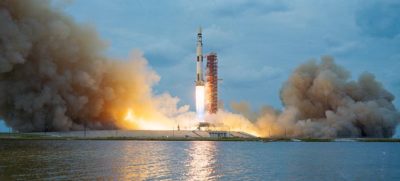
Skylab launched aboard a Saturn V rocket on May 14, 1973; the first manned mission to the station happened 11 days later, with a crew of three. The trio stayed aboard for 28 days, which was a record for human spaceflight at the time. Two further missions of increasing duration (59 days and 84 days) were conducted throughout 1973 and into 1974.
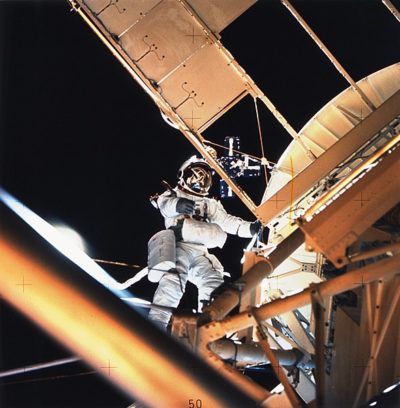
Plans had called for Skylab to receive more use in conjunction with the in-development fleet of Space Shuttles, but that program was plagued by delays. However, other problems began to arise from a greater-than-expected level of solar activity in the late ‘70s. Though NASA had considered boosting Skylab into a higher orbit to keep it functional and circling Earth well in the 1980s, the solar degradation to the station led to a decaying orbit. It was inevitable that Skylab would fall back to Earth sometime during the span of July 10 to July 14, 1979.
Skylab’s inevitable fall became something of a media circus. News on both TV and in print tracked the descent. Opportunistic companies jumped on the bandwagon with hats and T-shirts, frequently depicting bullseyes. NASA made remote adjustments intended to direct the fall into the Indian Ocean. When Skylab began to break up upon re-entry on July 11, 1979, some pieces did make it to the water; others, however, fell on Australia. Though no one was injured, the Shire of Esperance in Western Australia sent NASA a $400 fine for littering (it would go unpaid until 2009 when a radio show crowdfunded the amount from listeners).
In a fitting combination of irony and hilarity, the 1979 Miss Universe Pageant was to be held in Perth, just a few hundred miles from the biggest debris field on land; a chunk of Skylab was displayed during the July 20 broadcast. You can still see pieces of Skylab in the Esperance Municipal Museum today.
The space station may not have lasted long, but it opened doors for other programs. NASA subsequently developed Spacelab (a portable lab used on the Space Shuttle), ShuttleMIR (a collaborative program that saw American shuttles dock with Russian station MIR), and Space Station Freedom, which was realized as parts of America’s contribution to the eventual building and launch of the International Space Station in 1998. Today, Skylab is more of a historical footnote; it wasn’t one of Armstrong’s proverbial “giant steps,” but it was definitely a crucial stone in a longer, wider road.
Featured Image: Skylab from the outside; the photo was taken by the departing fourth crew in February 1974. (NASA.gov)
Become a Saturday Evening Post member and enjoy unlimited access. Subscribe now
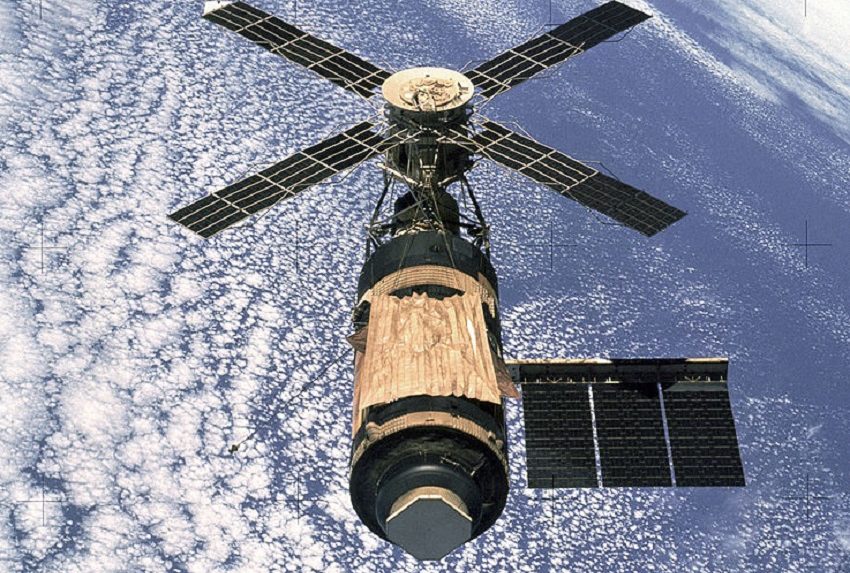

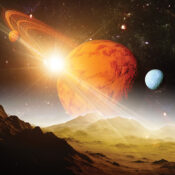
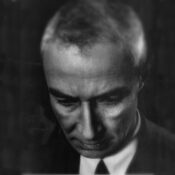
Comments
Thank you so much for your reply here with this interesting, personal look on why the Miss Universe video from 1979 was included. It definitely belongs here, and we appreciate the work you put into the article otherwise. Skylab was, and remains an important next step in the NASA space program. Post editors, please keep this feature easy to find on the site during this 40th anniversary week for Skylab, and the 50th for Apollo 11!
When I started working on this story, the Miss Universe clip was something that I definitely wanted to include because I remembered watching it when it was on (granted, I wasn’t quite 6, but it was a big enough deal to me that it made an impression). Thanks for reading and I’m glad you enjoyed it.
What ironic timing Skylab had of FALLING down to Earth on (almost) the 10th anniversary of the SOARING Apollo 11 Moon Landing! All as a result of solar degradation of the station and what it led to. What a wonderful article Troy’s written here; remembering a part of space history that’s been sorely overlooked, if not forgotten 40 years later in the long, dark shadows 1969 will always cast.
Thoughtfully included here is the link to the full 1979 Miss Universe Pageant, which is a blast to watch! 1:24 gets down to the nitty gritty of what’s under the caption. But before and after that though, is a wonderful show of ALL KINDS of ‘political incorrectness’ you have to see and hear to believe! Musically it features Donny Osmond singing “Isn’t She Lovely?” which he manages to make work even though it’s (cough) one of Stevie Wonder’s worst songs.
For those who don’t think 1979 is a long time ago, you—-need to watch the show from start to finish. Get that bowl of popcorn and (healthy) butter ready and let the good times roll. This lovable, old-fashioned Pageant is just what I needed, and you also. See if you don’t agree with Bob jr. and love it too! If ya don’t, you’ll at least be shocked, possibly offended, but definitely entertained. PLUS, you get to see a nice chunk of Skylab after it’s crashed!